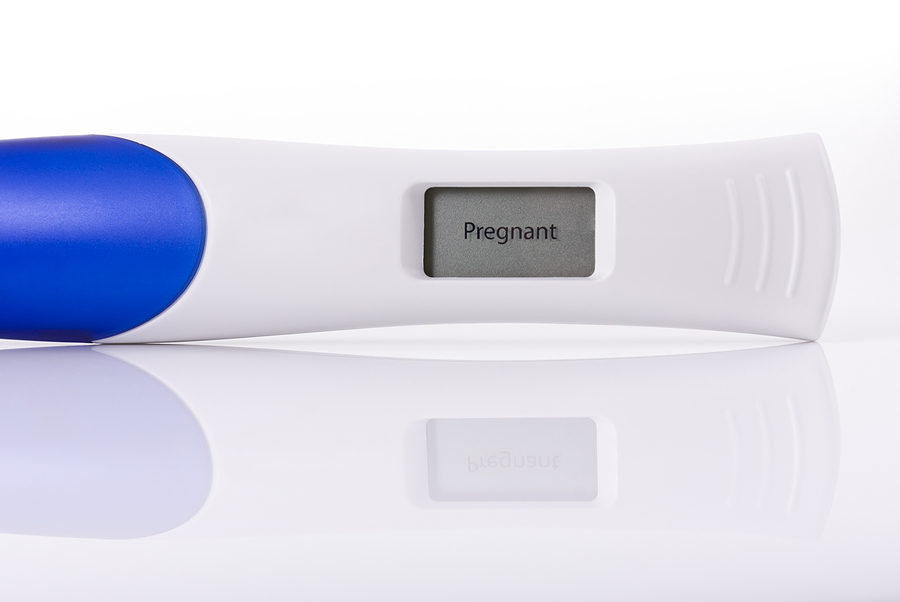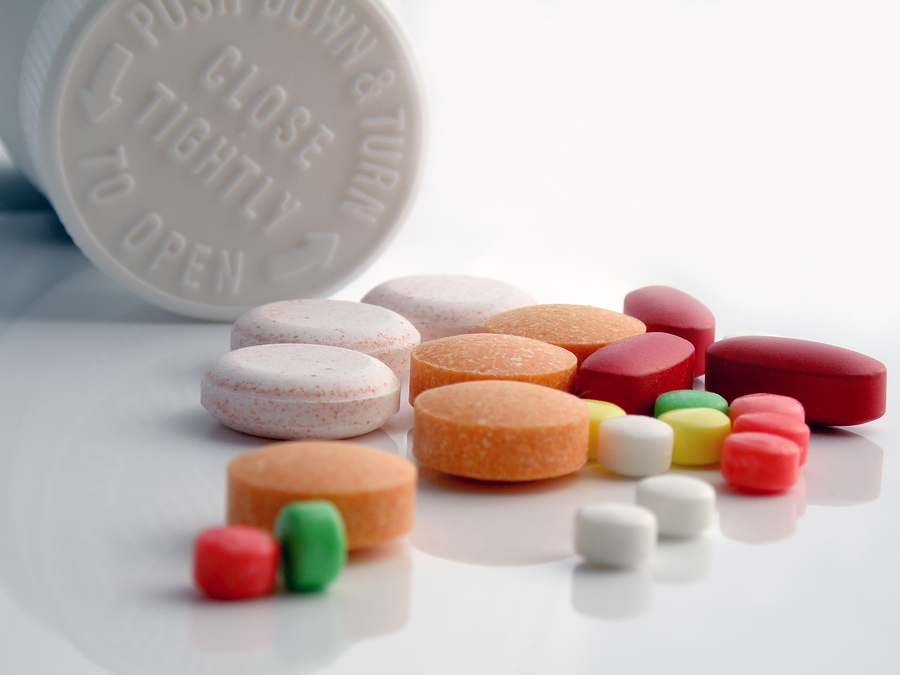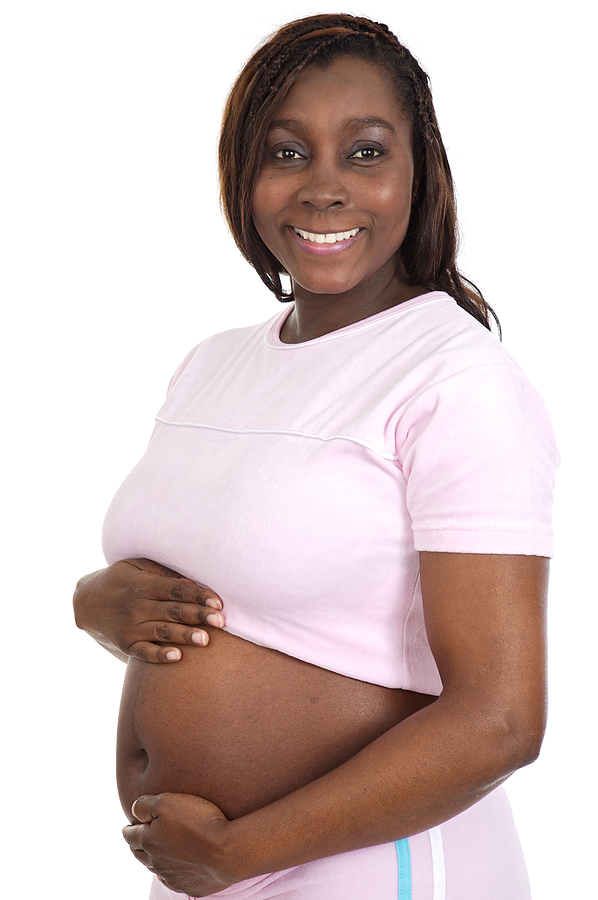Conceiving with Donor Sperm
Conception occurs when a man's sperm fertilizes a woman's egg. A woman is most likely to conceive just after the time when she ovulates, when an egg has been released from one of her ovaries.
During the home insemination procedure sperm are placed into the vagina using a syringe. The sperm swim up through the cervix into the uterus, and the then into the fallopian tube.
One sperm meets the egg and fertilizes it, this is when conception has taken place. The IUI procedure will enable the sperm to be placed directly into the uterus using a speculum and a very thin flexible catheter.
During the week after fertilization the embryo moves into the uterus and attaches itself to the lining. A woman’s embryo will release hormones that ensure the ovary prevents shedding of the uterus lining which causes the woman to miss her period.
Take me to:
Signs of Pregnancy
When will I know if I’m pregnant?
One of the first indications that you may be pregnant is when your periods stop. It is not uncommon however for some women to continue having periods during pregnancy. If your breasts feel swollen and sore and you feel nauseous first thing in the morning then you should take a high quality pregnancy test such as Clear Blue.
Most women don't suspect they're pregnant until they've missed a period, but there may be other signs that include:
-
Sickness and/or nausea
-
A strange, 'metallic' taste in your mouth
-
Enlarged breasts and breast tenderness and tingling
-
The small bumps - 'Montgomery' stubercules' - on your nipples becoming more obvious
-
Stomachpains – light cramps not severe pain.
-
Tiredness
-
Constipation
-
Needing to urinate more often
-
Loss of appetite for certain foods
-
Increased vaginal discharge
-
Some women experience very light bleeding (called 'spotting') that they mistake for their period

Oh no, it’s negative!
If at first you don’t succeed try and try again. For women in her twenties there is a 1 in 4 chance of conceiving whereas for women in their thirties there is a 1 in 7 chance of conceiving and this success rate falls as you get older. The average time it takes women in their 20’s to get pregnant is five cycles where as a woman in her thirties may have to wait ten cycles so be patient!
Physiology of Making Babies
From birth a woman’s ovaries are packed with up to 2 million eggs. Many of these eggs will die off immediately leaving around 400 to be released during a woman’s fertile years. After every period at least one egg will start to mature in your ovaries – some women will mature up to 3 eggs at one time. During ovulation the ripest of these eggs will be released (in some cases more than one egg). The egg is then taken up by one of your two fallopian tubes which are a pathway from your ovaries to your uterus.
When ovulation occurs, which for a 28 day cycle is usually between 12-14 days before your next period, the ripe egg is released. This egg will live around 24 hours and if it is not fertilised by a sperm within this time it will disintegrate. If the egg is fertilised by a sperm then the process of new life begins.
If you are not pregnant the ovary hormone levels reduce in oestrogen and progesterone which signals the thickened lining of the uterus to shed resulting in your period.
Men - Men continuously produce millions of sperm whose sole purpose is to swim towards a woman’s egg and penetrate the wall of the egg. Sperm cells only live several weeks inside a man’s body so the cycle of the sperm being produced and dying off is continuous.
Sperm is produced in the testicles which are on average 4 degrees cooler than the rest of the body in order to keep the sperm healthy. This is why studies into things such as frequent cycling, use of a laptop, tight underwear, hot baths and proved to reduce the number of healthy sperm in men.
Prior to ejaculation sperm is mixed with semen, the sperm will then carry out its one mission in life to find the egg and penetrate the wall. Despite millions of sperm completing during this journey only one sperm can penetrate the egg wall. If the winning sperm contains a Y chromosome then your baby will be a boy and if the sperm has an X chromosome your baby will be a girl.
Sperm can reach the egg as fast as 45 minutes however sperm can survive in a woman’s body for up to 3 days so if the woman’s egg has not yet been released the sperm will hang around and wait for that to happen.
Folic Acid
Spina bifida is a neural tube defect (NTD) which occurs when the baby’s spine does not develop properly in the womb. Around 1 month after conception the baby’s developing spinal cord is an open tube which normally closes so that it is covered by both bone and skin. When this process does not happen spina bifida can cause problems such as disability and learning difficulties. By taking the right amount of folic acid you can significantly reduce your chances by 75% of your baby being born with NTD.
It is important to take a folic acid supplement before you become pregnant as your baby’s spine develops very soon after conception. You should continue taking folic acid until week 12 of your pregnancy. Folic acid also occurs naturally in food sources such as spinach, broccoli and brown rice.

Tips on Conceiving
Learn how to boost your chances of conceiving using our top tips to getting pregnant. Knowing everything from what to eat to timing your ovulation can be a big help in that step to getting pregnant.
Vitamins and Minerals – Women should take 400mcg folic acid per day before, during and after conception. Men should take zinc supplements and increase vitamin D intake to improve their sperm quality.
Let your bits breathe – men should avoid wearing tight underwear, cycling and using a laptop on your lap during the phase when you are trying to conceive. This will help sperm production in the testicles.
Coffee Break - Reduce your caffeine intake and try to slowly wean off caffeine all together if you can.
Stop Smoking - both men and women should consider stopping smoking to improve your chances of becoming pregnant. It will also help you to give up before you become pregnant as smoking during pregnancy can seriously harm your babies health.
Alcohol - Research suggests that reducing your alcohol intake can significantly improve your chances of conceiving.
Time your insemination - live sperm has to fertilise the egg at the time of ovulation to conceive, this is usually around day 14 of a 28 day cycle. Sperm can live for up to 3 days inside the woman’s body waiting for the egg to be released so time your insemination with your ovulation.
Stress - In general try to reduce your stress levels particularly around the time of ovulation as stress can reduce your chances of conceiving.
Diet - Avoid processed food and sugar which should help balance acid/alkaline levels and try to eat your five-a-day.
Ovulation predictor kits - using ovulation strips can help you detect your FSH surge which is a hormonal surge that happens just prior to ovulation. A positive test means that you should insemination within the next 48 hours to best increase your chances of conceiving.
Try & try again - For women aged 20-25 there is a 1 in 4 chance of conceiving whereas for women aged 30-35 there is a 1 in 7 chance of conceiving and this success rate falls as you get older. The average time it takes women in their 20’s to get pregnant is five cycles whereas a woman in her thirties may have to wait ten cycles so be patient!

Related Articles:
Health Screening
Ovulation
IVF
IUI
Artificial Insemination (AI)
Natural Insemination (NI)
Infertility